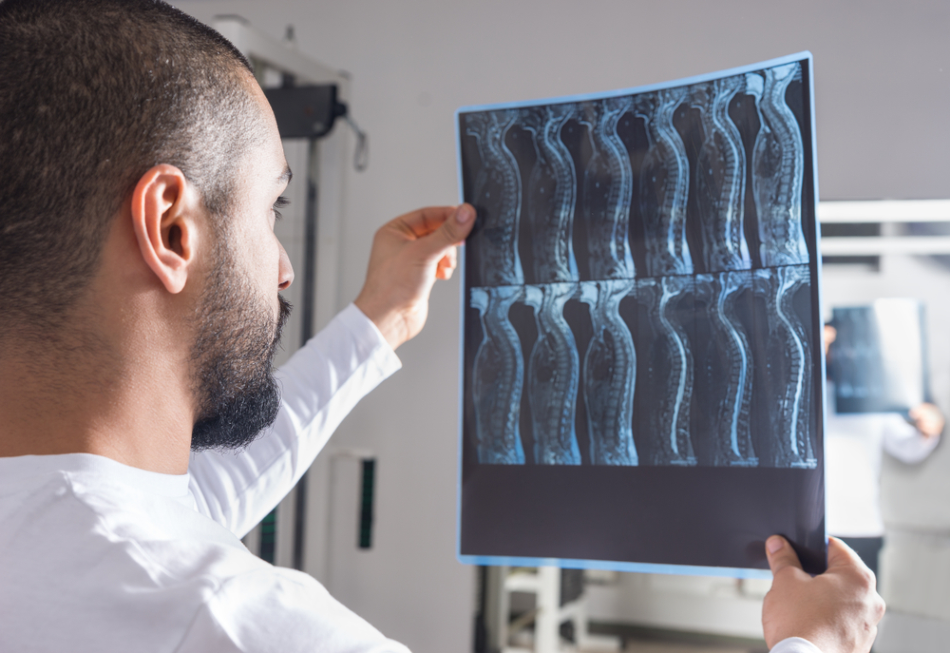Sep 29 2020
New research performed by SISSA (International School for Advanced Studies) and the University of Trieste has demonstrated that carbon nanotube implants can effectively restore motor functions, paving the way for a novel therapeutic method for spinal cord injuries.

Image Credit: Viacheslav Nikolaenko/Shutterstock.com
Thanks to the implantation of carbon nanotubes at the site of injury, motor skills and neuronal connectivity could now be reestablished. This is the outcome of the latest study performed by SISSA and the University of Trieste that rewards an interdisciplinary collaboration of 10 years.
For the first time, the team has used nanomaterial implants in animals affected by spinal injury, and noticed the regrowth of nerve fibers and the subsequent restoration of motor functions.
Published in the Proceedings of the National Academy of Sciences (PNAS), the study demonstrates the potential of therapeutic methods in which the electric and mechanical properties of regenerative scaffolds are used for treating the affected area.
“We have been studying the interaction between neurons and carbon nanotubes for 15 years. Finally, we have been able to challenge their function in vivo,” stated Laura Ballerini, a neurophysiologist at SISSA, and Maurizio Prato, a chemist from the University of Trieste, who have been studying the growth of nerve cells when interfaced to smart materials, like carbon nanotubes in the last 10 years, using progressively complex systems.
“In recent years, we passed from single neurons to brain tissue explants and from single nanotubes to two-dimensional structures and, now, three-dimensional ones,” added the researchers.
We studied the effect of the carbon nanotube implant in small mammals with a disease model of incomplete spinal cord injury. We observed their motor recovery during the next six months through standard protocols for locomotor evaluation which revealed a greater recovery of motor skills when compared to non-implanted animals.
Sadaf Usmani, Study Lead Author and PhD in Neurobiology, SISSA
Such a phenomenon is linked to the regrowth of nerve fibers through the site of injury, as demonstrated by the magnetic resonance experiments performed in association with the Center for Cooperative Research in Biomaterials (CIC biomaGUNE). A regrowth that is definitely preferred by nanotube implantation, explained both Ballerini and Prato.
Nerve fibre regeneration is promoted by the physical characteristics of nanomaterials. These implants are able to guarantee mechanical support and, at the same time, interact electrically with neurons.
Study Researchers
The researchers continued, “The functionality of the regenerated tissue was not taken for granted, just as the biocompatibility of the implants. And yet, not only there have been no cases of rejection, but electron microscope observations and the use of specific markers have confirmed that there is no real boundary between the tissue surrounding the injury, the regenerated tissue and the nanomaterials.”
These outcomes not only reinforce the potential applications of the nanomaterials in the biomedical industry but also present new opportunities to novel therapeutic methods which particularly use the physical, electrical, and mechanical properties of the injured site to favor functional recovery.